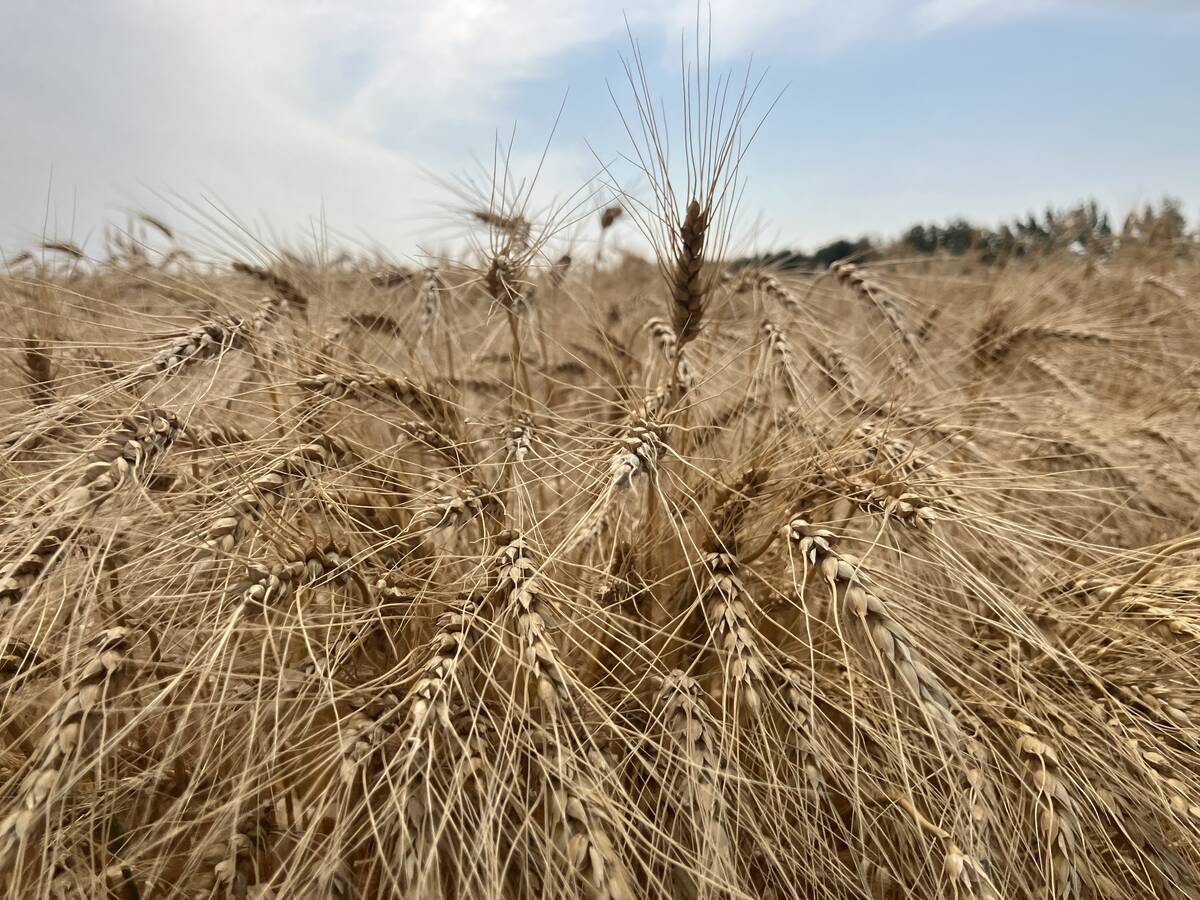Glacier FarmMedia—Oats futures at the Chicago Board of Trade (CBOT) rose to their highest levels in five months in early May as strength in wheat provided support.
The July contract settled at US$4.0175 per bushel on May 9, its strongest close since the beginning of December. This was the third straight session the contract reached the US$4/bu. mark.
Ryan McKnight, president of Linear Grain Inc. in Carman, Man., attributed oats’ recent rally to tight stocks for old and new crop, as well as spillover from recent rallies in wheat prices.
Read Also

Prairie wheat bids mixed to start December
Wheat bids across Western Canada were mixed to start December, with support from gains in the United States futures countered by the bearish influence of a stronger Canadian dollar.
“If the price of wheat goes up too high, nobody grows oats,” he said. “Prices will go up and down together. Oats are likely going to stay strong relative to wheat because there is lots of wheat in the world and not a lot of oats … We’ve seen a lower milling demand in North America for oats this year versus a year ago.”
In its March 31 grain stocks report released on May 7, Statistics Canada (StatCan) reported oats stocks to have fallen by 50.9 per cent to 1.3 million tonnes compared to a year earlier. StatCan estimated 2023-24 oat production at 2.636 million tonnes, down from 5.227 million the year before. With early acreage estimates predicting increased oat acres for 2024-25, production is forecast at 3.510 million tonnes by Agriculture and Agri-Food Canada. Carryout stocks for both years are expected to be 400,000 tonnes.
McKnight added that worldwide oats exports are down four to five per cent compared to last year, which he believes comes from a smaller global crop.
“We have a similarly tight crop, but we haven’t gotten anywhere near what we did two years ago for oat pricing,” McKnight said. “It seems like the demand isn’t there. There’s a lot of milling capacity and demand seems lower (on the Prairies). It is lower because exports to the U.S. are way down this year versus last year.”
U.S. farmers intend to grow 2.318 million acres of oats in 2024, which would be down by nine per cent from the previous year, according to the U.S. Department of Agriculture’s prospective plantings report.
Oat products, which saw increased demand during the COVID-19 pandemic as promoting good health, have seen that demand decline over the past two years, according to McKnight. Current stocks are now being used up by local buyers.
“We’re not sure if this is temporary or what the situation is. Consumers view oats as a healthy food. We’re not too concerned about bad reputations. It’s just that whatever’s going on in the consumer world is leading to less oats,” McKnight said.
Oats stocks will be in good shape if there is a slight rise in acres from last year as well as average yields during the season, McKnight added. However, weather will be key to realizing projections.
“Some of these rains that we’ve received here in a good part of the oat-growing region are definitely (getting) a good start to spring,” he said.
—Adam Peleshaty reports for MarketsFarm from Stonewall, Man.
















